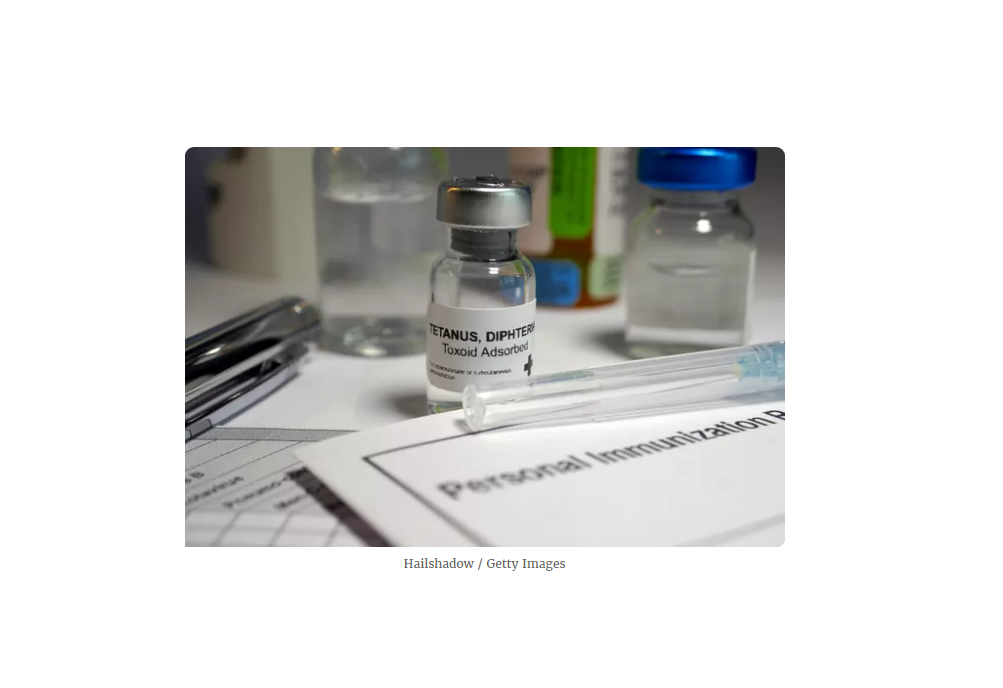A Picture Guide to Wound Care Needs
By Rod Brouhard, EMT-P
Updated on February 10, 2022
Medically reviewed by Michael Menna, DO
Fact checked by Angela Underwood
If you’ve had an injury, you may wonder whether it’s going to require stitches. This will depend on the type of wound, cause, other conditions you may have, and whether stitches are the treatment of choice. Make sure to take care of the wound until you can get professional help.
This article discusses the types of injuries that might require stitches, explaining when wounds can and cannot be helped by stitches. It also lists reasons to contact your doctor whether or not you have a wound sewn up.
1.Uses of Sutures
Stitches are used for two reasons:
- To close a wound to promote healing and discourage infection
- To reduce scarring
Let’s look at the second reason first. If the wound is in an area where scarring would be obvious and the wound is deep enough to see the fatty tissue under the skin surface (the subcutaneous tissue), then getting stitches may allow you to have a less obvious scar.1 Talk to your doctor if you’re concerned about scarring.
The first reason is more complicated and requires a bit more understanding of the types of wounds, how they are treated, and possible infections.
2.Types of Wounds
Wounds that cause a break in the skin are called open wounds. These are the types of wounds that may require stitches. Closed wounds do not have a break in the skin and are identified by swelling and bruises.
There are several types of open wounds:
- Lacerations: This is what we are thinking of when we say “cuts.” Lacerations are simple breaks in the skin.
- Incisions: Incisions are surgical wounds, which are usually made by a scalpel. These are similar to lacerations but have very smooth edges.
- Punctures: It’s hard to tell a puncture from a laceration if the item that made the wound is big enough. Lacerations tear through the skin, while punctures go in and come back out. If the item that made the puncture is still embedded, it’s called an impaled object.
- Avulsions: These are torn sections of skin, either a flap that’s open on three sides or torn away completely.
- Abrasions: These are scratches. The difference between an abrasion and an avulsion is the depth. Abrasions leave the skin mostly intact while avulsions remove the skin entirely.
3.When to See the Doctor
These are the wounds that should always be seen by a doctor:
- Any open wound in a person with diabetes
- Animal or human bites (for open wounds)
- Dirt that won’t come out of the wound
- A wound in which you can’t close the edges
- Uncontrolled bleeding—call 911
4.Can It Be Stitched?
Lacerations, punctures, and incisions are all suturable wounds (they can be stitched). Avulsions that still have a flap of skin attached may also be suturable. Complete avulsions and abrasions cannot be stitched, but you still may need a doctor to treat the wound if it’s serious enough.
To determine if stitches are needed, look at three things:
- Depth: Is the wound deep enough to see the subcutaneous tissue (which is yellowish and fatty)? If so, the wound is deep enough to get stitches, but it still may not need them.
- Width: Can the wound be pulled closed easily? If the wound is gaping and cannot be easily pinched closed, then it will need stitches to hold it closed long enough to heal correctly.
- Location: Wounds on areas of the body that stretch and move a lot will need stitches more often than those on areas that do not move as much. For example, a wound on the forearm will not move as much as a wound on the calf.
5.Tetanus Immunization Status
The final—but not least—concern is how long it’s been since your last tetanus vaccination. A booster tetanus shot is recommended every 10 years unless you get a dirty wound.2
Ultimately, if you’re concerned about the wound and unsure whether it needs professional attention, then see a doctor.
Summary
Getting stitches means having a wound sewn closed with special medical thread. This procedure can help an open wound heal and may minimize scarring
Only cuts and puncture wounds that are deep enough need to be stitched by a doctor. You might need to see a doctor even if you don’t need stitches, though, especially if you have diabetes. Other situations in which you should see a doctor regardless of whether you need stitches include being bitten, dirty wounds, and wounds that won’t close or stop bleeding. Talk to your doctor about whether a tetanus shot is needed as well.





